Home>Garden Essentials>When Can I Plant Bermuda Grass Seed
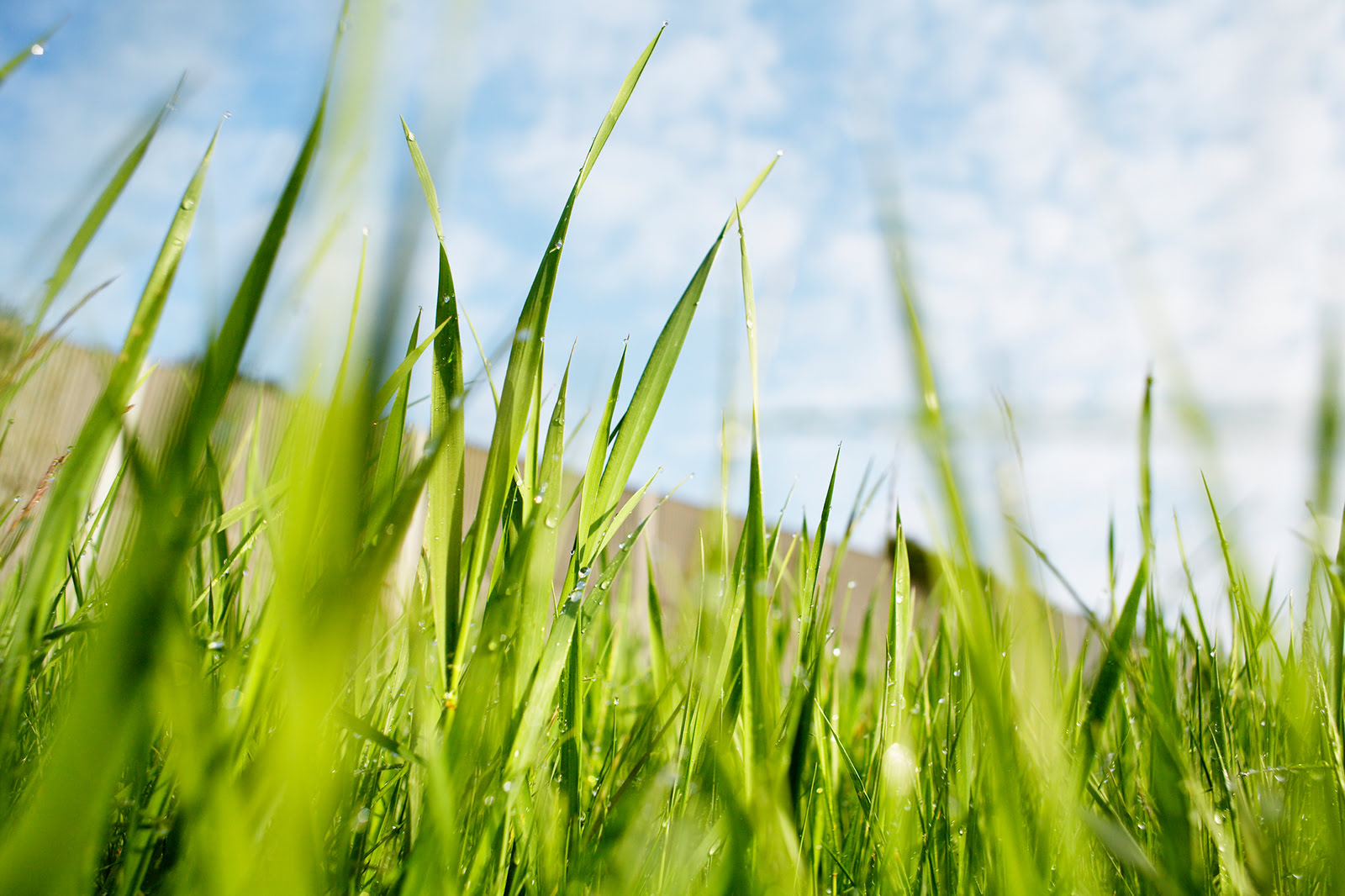

Garden Essentials
When Can I Plant Bermuda Grass Seed
Modified: October 18, 2024
Discover the best time to plant Bermuda grass seed in your garden for a vibrant and luscious lawn. Expert tips and advice on when and how to achieve optimal results.
(Many of the links in this article redirect to a specific reviewed product. Your purchase of these products through affiliate links helps to generate commission for Storables.com, at no extra cost. Learn more)
Introduction
Gardening enthusiasts and homeowners with a passion for lush green lawns often look to plant Bermuda grass seed to achieve the perfect landscape. Bermuda grass is a popular warm-season grass that thrives in sunny and hot climates. It is known for its excellent tolerance to drought, its ability to withstand heavy foot traffic, and its vibrant and dense growth.
However, to ensure successful growth, it is crucial to understand the optimal time for planting Bermuda grass seed. Timing plays a vital role in the germination and establishment of the grass, as its growth can be influenced by various environmental factors.
In this article, we will explore when to plant Bermuda grass seed, taking into consideration factors such as germination temperature, soil temperature, soil preparation, seedling establishment, and the overall best practices for successful planting.
Key Takeaways:
- Plant Bermuda grass seed in spring or early summer when soil temperature consistently reaches 65°F. Proper soil preparation and care during seedling establishment are crucial for a healthy lawn.
- Follow best practices for Bermuda grass seed planting, including soil preparation, watering, mowing, and fertilizing. Choose the right time to plant based on warm-season nature and regional climate.
Read more: When To Plant Bermuda Seeds
Germination Temperature
The germination temperature is an essential factor to consider when planting Bermuda grass seed. Bermuda grass thrives in warm temperatures, and its optimal germination temperature falls between 75°F to 85°F (24°C to 29°C).
It is important to wait until the soil temperature reaches this range before planting the seed, as colder temperatures can significantly slow down or even halt the germination process. Planting Bermuda grass seed too early in the spring when the soil is still cool can lead to poor germination rates and weak seedlings.
To monitor the soil temperature, you can use a soil thermometer. Insert it into the top few inches of soil early in the morning to get an accurate reading. If the temperature consistently falls within the optimal range, it is a good indication that it is time to proceed with the planting process.
It is worth mentioning that Bermuda grass seed germination can take anywhere from 7 to 21 days, depending on various factors such as soil moisture, sunlight exposure, and overall growing conditions. Patience is key during this stage, as the germination process can sometimes be slower than expected.
By understanding the ideal germination temperature and waiting for the soil to reach this range, you can increase the chances of successful seed germination and establish a strong and healthy Bermuda grass lawn.
Soil Temperature
Aside from the germination temperature, it is also crucial to consider the soil temperature when planting Bermuda grass seed. Unlike air temperature, which can fluctuate throughout the day, soil temperature remains more stable and directly affects the growth and establishment of the grass.
Bermuda grass requires a soil temperature of at least 65°F (18°C) for optimal growth. It is important to ensure that the soil is consistently warm before planting the seed. If the soil is too cold, it can slow down the germination process and impede root development.
To measure the soil temperature, use a soil thermometer and insert it into the top few inches of soil. Take readings at different times of the day for several consecutive days to get a reliable average temperature. If the soil consistently reaches or exceeds the minimum temperature of 65°F (18°C), it is a good indication that it is ready for seed planting.
It is worth noting that the soil temperature can vary depending on the location and time of year. In cooler climates, it may be necessary to wait until late spring or early summer when the soil has warmed up sufficiently. In warmer regions, the soil temperature might be suitable for planting Bermuda grass seed earlier in the spring.
Monitoring the soil temperature and ensuring it is within the optimal range will greatly enhance the success of your Bermuda grass planting endeavors. By providing the right conditions, you give the seed the best chance to germinate and establish a healthy lawn.
Soil Preparation
Proper soil preparation is crucial for successful Bermuda grass seed planting. It helps create an optimal environment for the seeds to germinate, establish strong roots, and grow into a healthy lawn. Here are some key steps for soil preparation:
- Remove weeds and debris: Start by removing any weeds, rocks, or debris from the area where you plan to plant Bermuda grass seed. Weeds compete with the grass for nutrients and can hinder its growth.
- Test and adjust soil pH: Bermuda grass thrives in slightly acidic soil with a pH level between 6 and 7. If necessary, conduct a soil test to determine the pH level. If the soil is too acidic or alkaline, make the necessary adjustments using lime or sulfur.
- Aerate the soil: Aerating the soil helps improve its drainage and allows roots to penetrate deeper. Use a garden fork or a mechanical aerator to create small holes throughout the area.
- Loosen the soil: Use a garden hoe or rake to loosen the top few inches of soil. This will provide a loose and crumbly texture, making it easier for the seeds to establish roots.
- Level the surface: Ensure the soil surface is smooth and leveled. This will help prevent uneven growth and will make mowing and maintenance easier once the grass has established.
- Add organic matter: Incorporate organic matter, such as compost or well-rotted manure, into the soil. This will improve its fertility and moisture-retention capabilities, creating a favorable environment for seed germination.
- Rake the soil: Use a rake to lightly smooth the soil surface and remove any large clumps or debris. This will provide an even surface for planting the Bermuda grass seed.
By taking the time to properly prepare the soil, you provide the optimal conditions for Bermuda grass seed to thrive. The soil will be well-nourished, aerated, and free from obstacles that could impede the growth of the grass. These steps will greatly contribute to a successful planting and the establishment of a beautiful Bermuda grass lawn.
You can plant Bermuda grass seed when the soil temperature consistently reaches 65-70°F. This is typically in late spring or early summer. Keep the soil moist for germination.
Seedling Establishment
After planting Bermuda grass seed, proper care and attention during the seedling establishment phase are crucial to ensure successful growth and a healthy lawn. Here are some important factors to consider:
- Watering: Adequate watering is essential to keep the soil moist without saturating it. Water the seeded area regularly, keeping the soil consistently damp until the grass seedlings have emerged. Once the seedlings are established, gradually reduce the frequency of watering while increasing the amount of water applied to encourage deep root growth.
- Mowing: Once the Bermuda grass seedlings reach a height of about 2 inches, it is time to mow. Set the mower blades to a height of around 1 inch to encourage denser growth. Regular mowing will help the grass develop a strong root system and promote lateral spreading.
- Fertilizing: Apply a balanced fertilizer specifically formulated for Bermuda grass according to the manufacturer’s instructions. Fertilization should be done after the seedlings have fully established, typically around 3 to 4 weeks after germination. Regular fertilization throughout the growing season will help maintain the health and vigor of the grass.
- Weed control: Keep a close eye on the newly seeded area and promptly remove any weeds that might compete with the young Bermuda grass seedlings for nutrients and space. Avoid using herbicides until the grass has fully established to prevent damage to the delicate seedlings.
- Sunlight exposure: Bermuda grass thrives in full sun, so make sure the seeded area receives at least 6 to 8 hours of direct sunlight daily. Remove any obstructions such as overhanging branches or structures that may shade the grass and hinder its growth.
- Foot traffic: Minimize foot traffic on the newly seeded area until the grass has fully established. This will allow the grass roots to grow and anchor firmly into the soil without disturbance.
By providing proper care during the seedling establishment phase, you give the Bermuda grass seedlings the best chance to develop into a healthy and vibrant lawn. Regular watering, appropriate mowing, fertilization, weed control, ensuring adequate sunlight exposure, and limiting foot traffic are all essential for the successful establishment of Bermuda grass seedlings.
Read more: When To Plant Bermuda Grass
Optimal Planting Time
Choosing the right time to plant Bermuda grass seed is crucial for its successful establishment and growth. The optimal planting time largely depends on the climate and the region you live in. Here are some general guidelines to help you determine the best time to plant:
- Warm-season grass: Bermuda grass is a warm-season grass, meaning it flourishes in hot weather and goes dormant during the winter months. It is best to plant Bermuda grass seed when temperatures consistently reach 65°F (18°C) or higher.
- Avoid extreme temperature: Extremes of temperature, whether it is too hot or too cold, can be detrimental to the germination and establishment of Bermuda grass seed. Avoid planting when temperatures are too cold, as the seed may struggle to germinate or suffer from poor growth.
- Spring or early summer: In most regions, the ideal time to plant Bermuda grass seed is in the spring or early summer when the soil temperature has warmed up and there is less chance of late frosts. This timing allows the grass seed to germinate and establish before the peak summer heat arrives.
- Consider your region: Different regions have varying climate conditions, so it is important to consider the specific growing season for your area. Consult with local gardening experts or extension offices to determine the optimal planting time for Bermuda grass seed in your region.
It is important to note that these are general guidelines, and the exact planting time may vary depending on your specific location and climate. Factors such as elevation, soil type, and nearby water sources can also influence the ideal planting time.
By understanding the warm-season nature of Bermuda grass and considering the climate and region-specific factors, you can determine the optimal planting time for Bermuda grass seed in your area. This will increase the chances of successful growth and a beautiful, thriving Bermuda grass lawn.
Best Practices for Planting Bermuda Grass Seed
To ensure the successful establishment and growth of Bermuda grass from seed, it is important to follow these best practices:
- Prepare the soil: Invest time in properly preparing the soil before planting. Remove weeds and debris, test and adjust soil pH if needed, aerate the soil, and incorporate organic matter to enhance its fertility.
- Choose high-quality seed: Select high-quality Bermuda grass seed from a reputable source. Look for certified seed varieties that are known for their resilience, disease resistance, and optimal growth characteristics.
- Plant at the right depth: Follow the instructions specific to the Bermuda grass seed variety you are planting. Generally, a planting depth of around ¼ to ½ inch is recommended. Planting too shallow can lead to seed desiccation, while planting too deep can hamper germination.
- Water properly: Adequate watering is crucial for seed germination and establishment. Keep the soil consistently moist until the grass seedlings have emerged. Once established, gradually reduce watering frequency while increasing the amount of water applied to encourage deep root growth.
- Mow at the proper height: Once the Bermuda grass seedlings reach a height of about 2 inches, mow the lawn to a height of around 1 inch. Regular mowing at the appropriate height will help promote dense growth and discourage weed competition.
- Fertilize at the right time: Apply a balanced fertilizer formulated for Bermuda grass after the seedlings have fully established. Follow the manufacturer’s instructions for proper application rates and timing. Regular fertilization throughout the growing season will help maintain the health and vigor of the grass.
- Monitor for pests and diseases: Keep an eye out for any signs of pests or diseases that may affect the Bermuda grass seedlings. Promptly address any issues with appropriate treatments to prevent damage and promote healthy growth.
- Maintain adequate sunlight exposure: Bermuda grass thrives in full sun, so ensure the seeded area receives at least 6 to 8 hours of direct sunlight daily. Remove any obstructions that may shade the grass and hinder its growth.
- Minimize foot traffic: Limit foot traffic on the newly seeded area until the grass has fully established. This will allow the grass roots to grow and anchor firmly without disturbance.
- Follow a regular maintenance schedule: Once the Bermuda grass has established, implement a regular maintenance schedule that includes mowing, watering, fertilizing, and addressing any weed or pest issues.
By following these best practices, you can greatly increase the chances of successful Bermuda grass seed planting and establish a lush and healthy lawn that will be the envy of the neighborhood.
Conclusion
Planting Bermuda grass seed requires careful consideration of timing, soil preparation, and proper maintenance practices. By understanding the optimal germination temperature, soil temperature, and following the best practices for planting, you can achieve a vibrant and thriving Bermuda grass lawn.
Choosing the right time to plant is crucial, taking into account the warm-season nature of Bermuda grass and the specific climate of your region. Waiting for consistent soil temperatures in the appropriate range and avoiding extreme temperature conditions will enhance the success of seed germination and establishment.
Proper soil preparation is essential for creating an optimal environment for the seeds to grow. Clearing debris, testing soil pH, aerating, and incorporating organic matter will enhance nutrient availability and drainage.
During the seedling establishment phase, providing adequate watering, mowing at the correct height, and fertilizing at the right time will encourage healthy growth. Monitoring for pests and diseases, ensuring sufficient sunlight exposure, and minimizing foot traffic will further support the establishment of a thriving Bermuda grass lawn.
By following these guidelines and practicing regular lawn maintenance, you can enjoy the rewards of a beautiful, resilient, and healthy Bermuda grass lawn that will be the envy of your neighborhood. So, plan accordingly, prepare the soil diligently, and implement the best practices to achieve the lawn you’ve always dreamed of.
Frequently Asked Questions about When Can I Plant Bermuda Grass Seed
Was this page helpful?
At Storables.com, we guarantee accurate and reliable information. Our content, validated by Expert Board Contributors, is crafted following stringent Editorial Policies. We're committed to providing you with well-researched, expert-backed insights for all your informational needs.
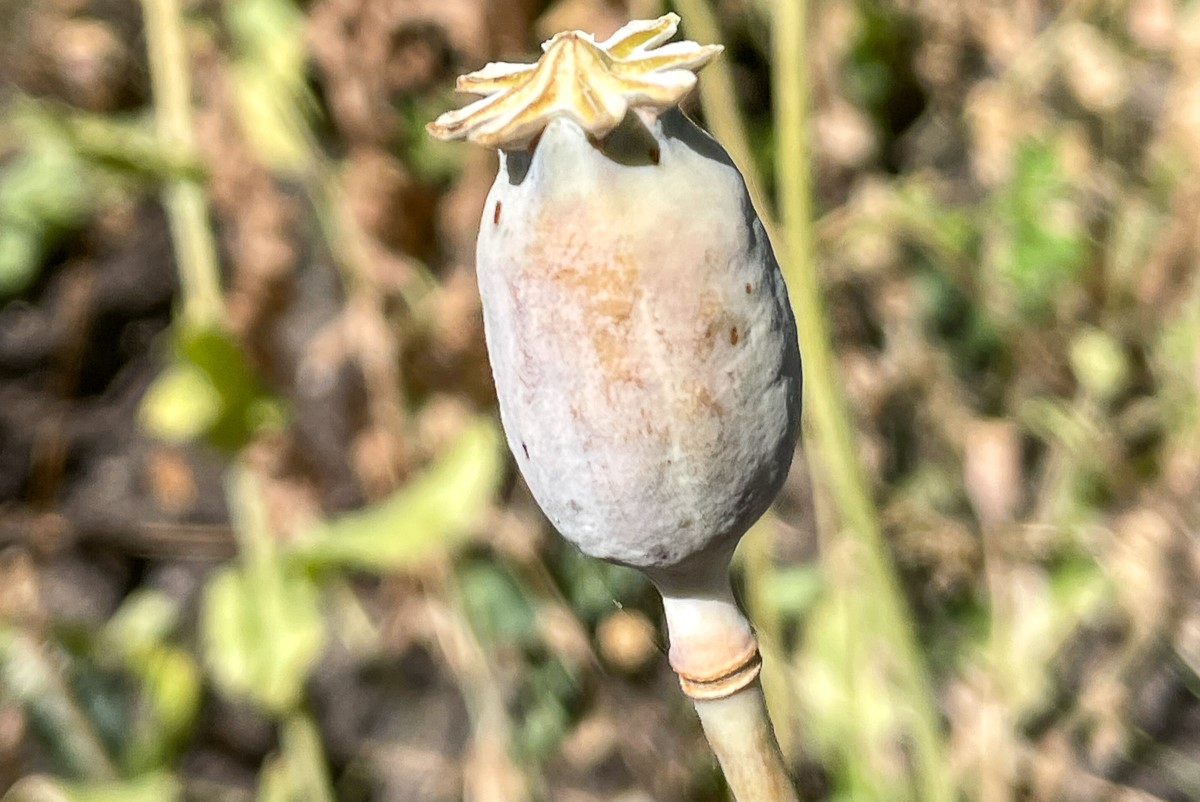
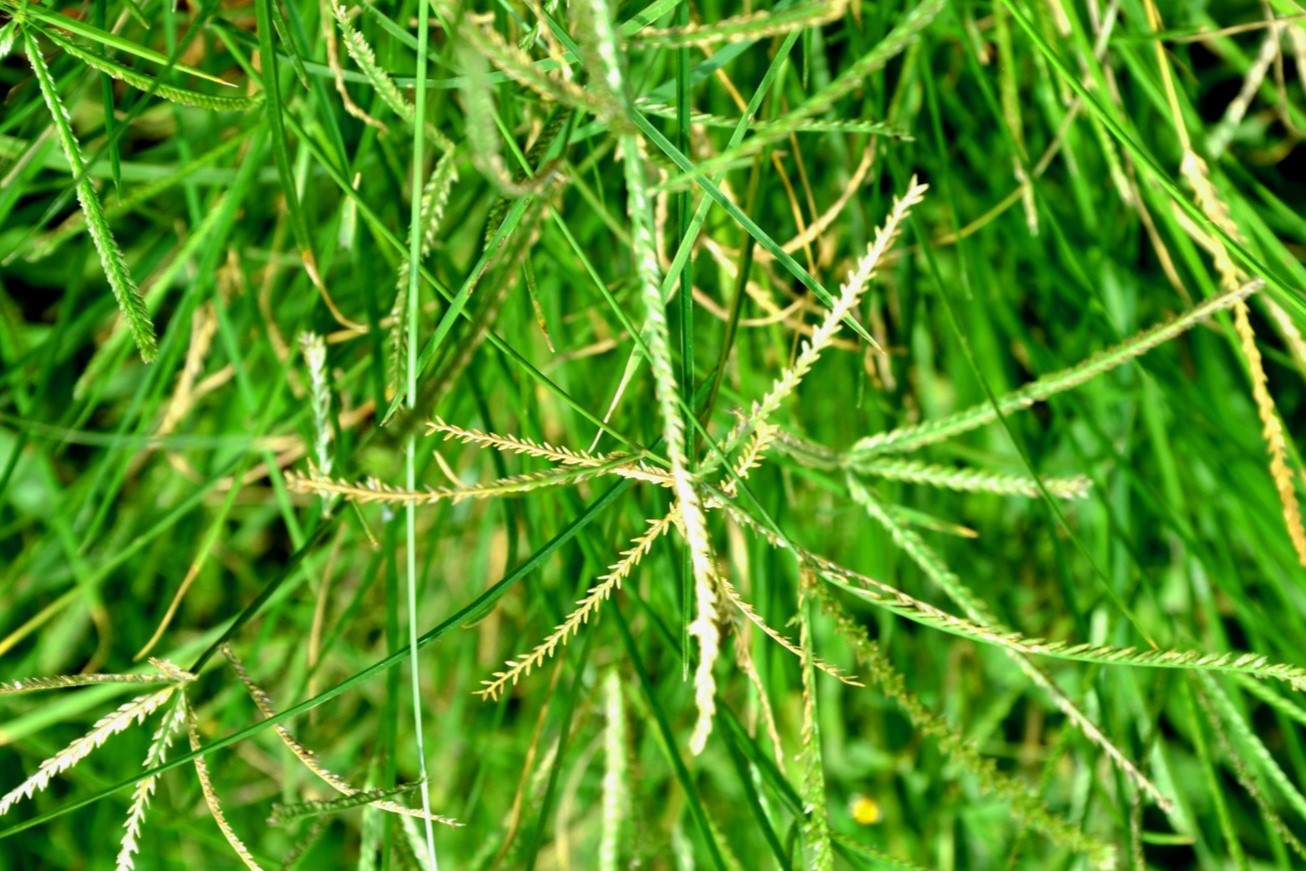
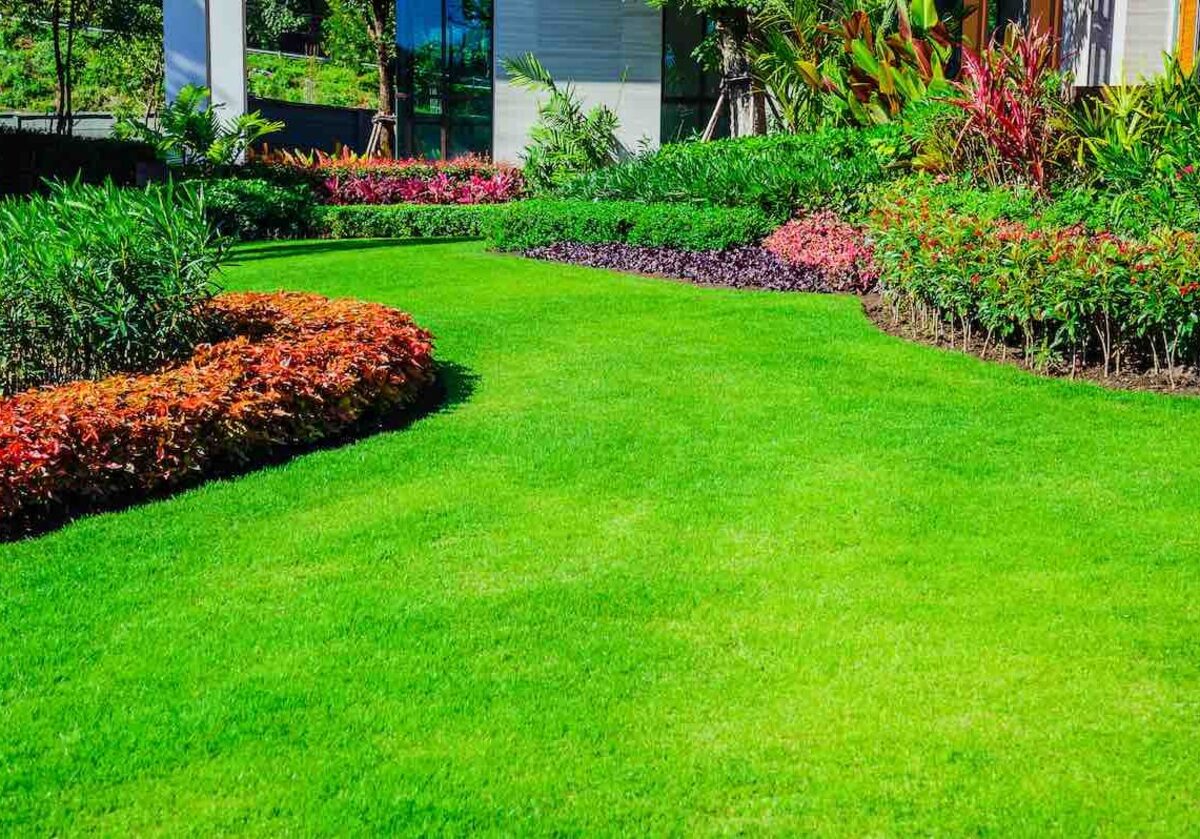
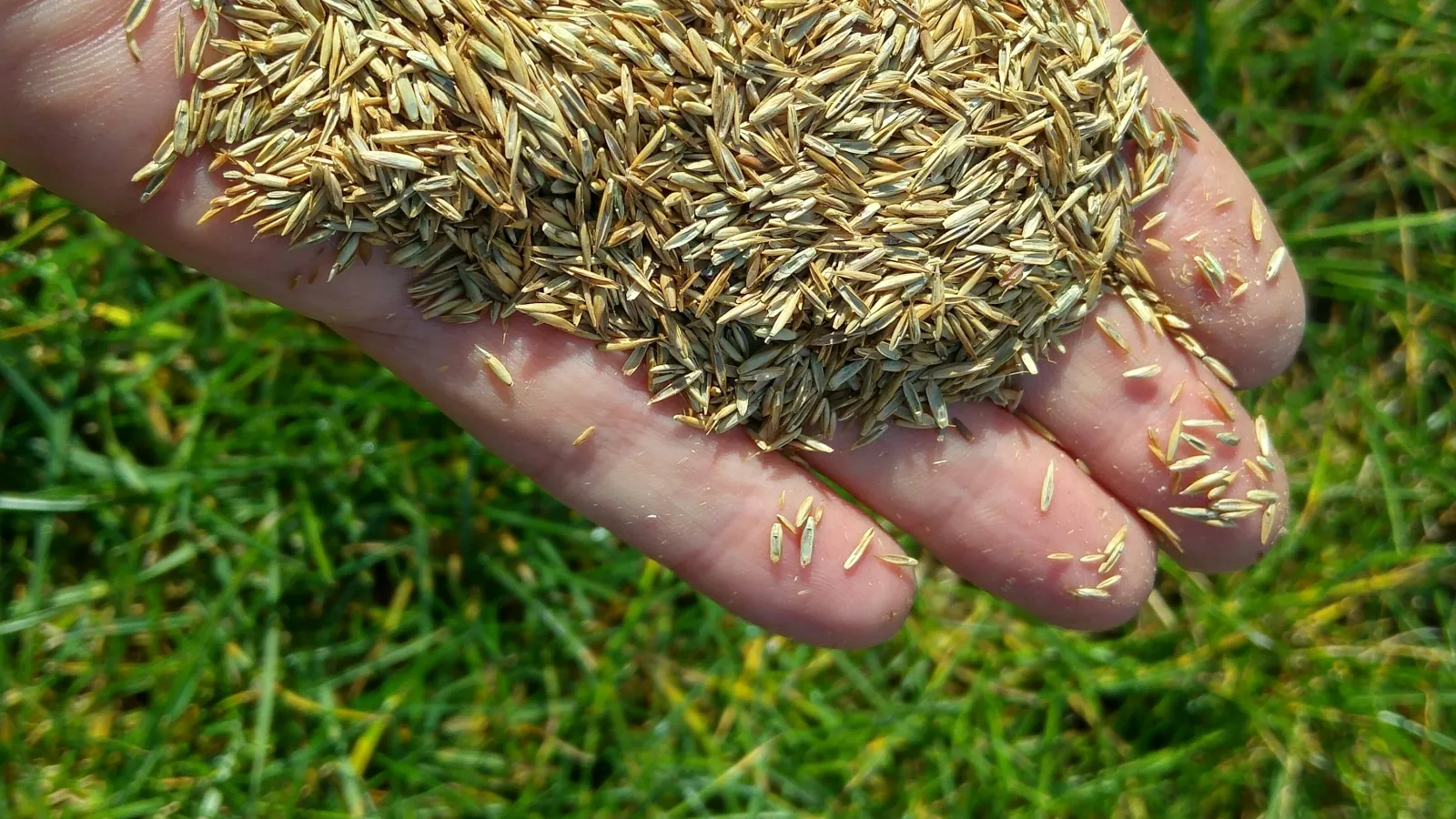
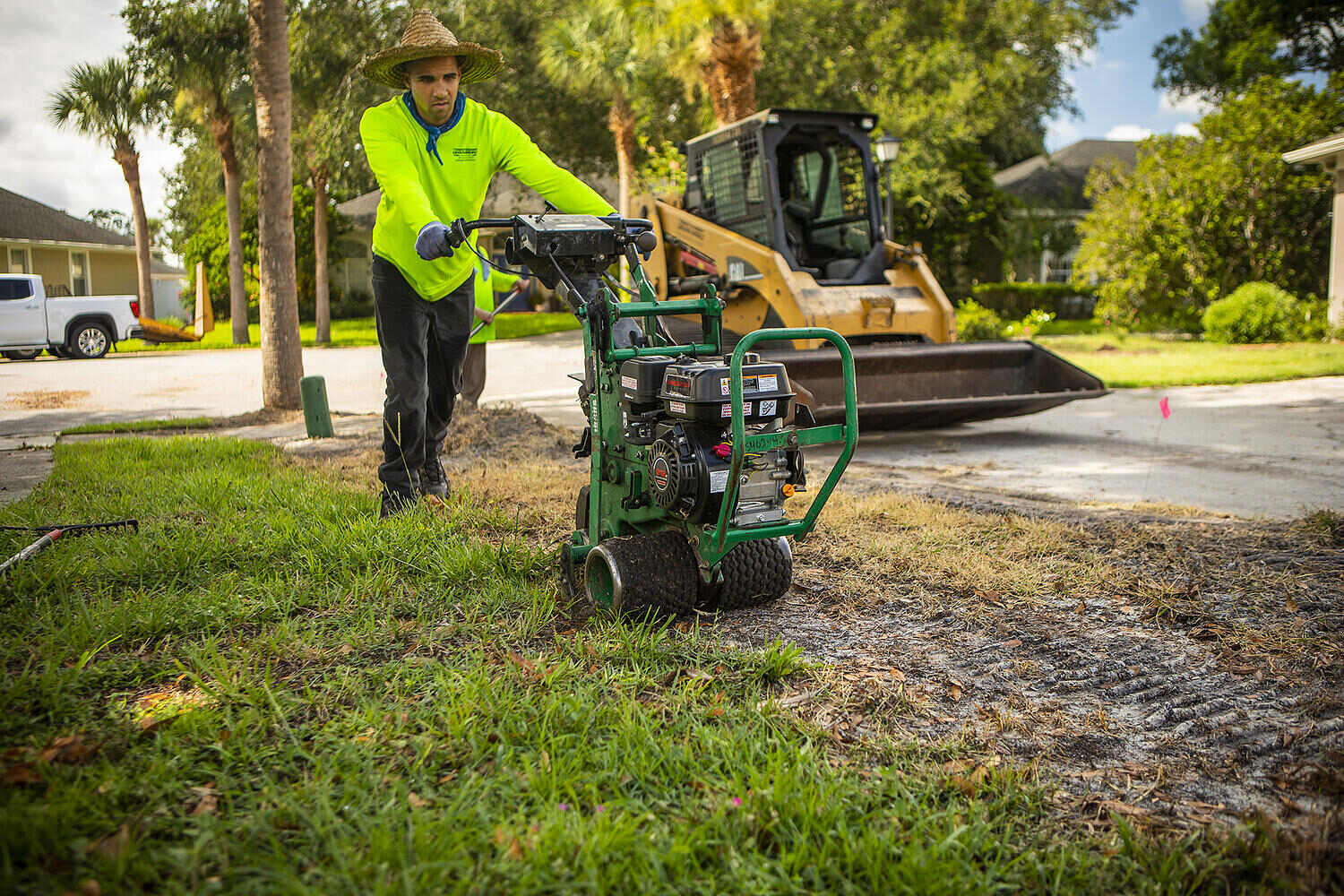
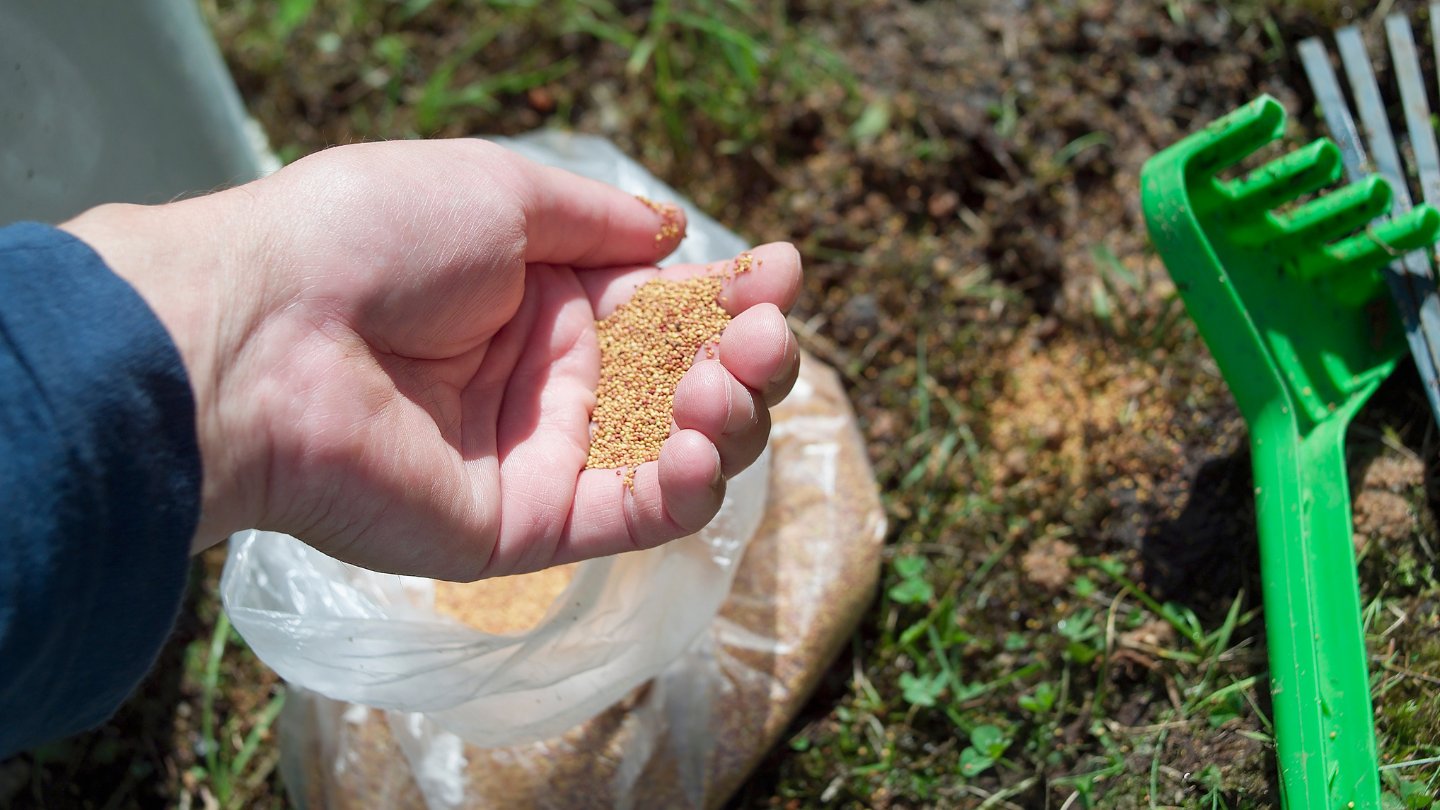
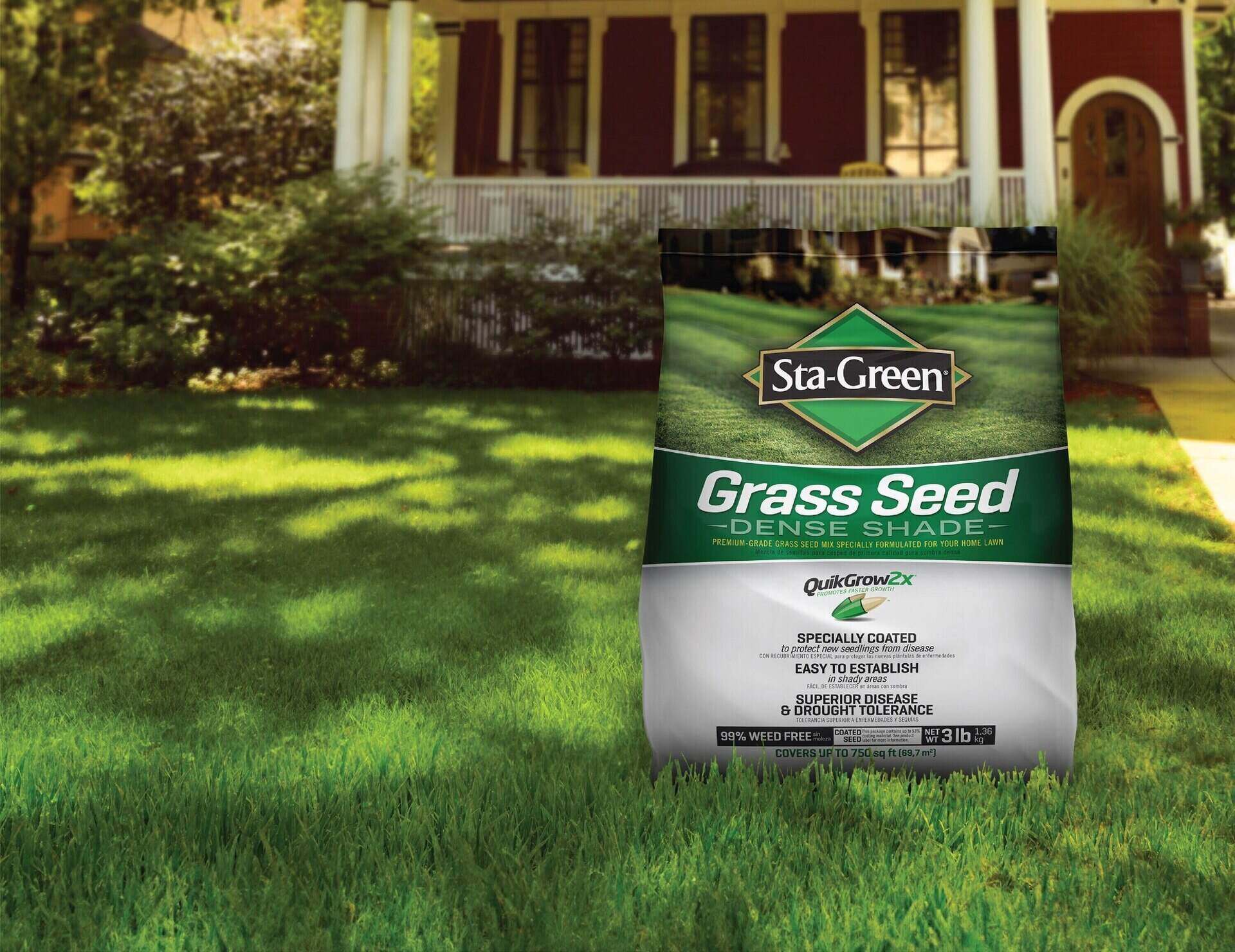

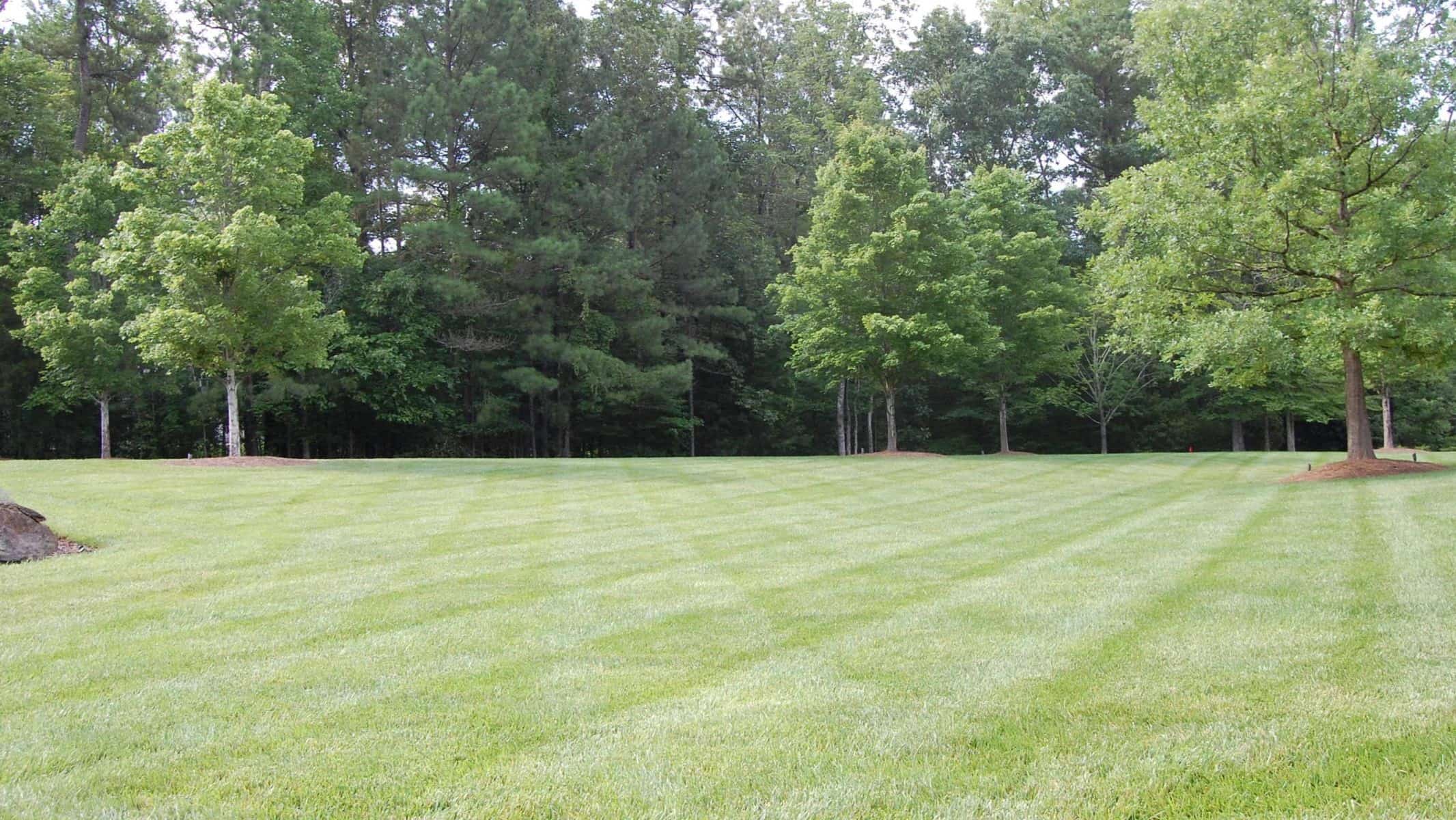

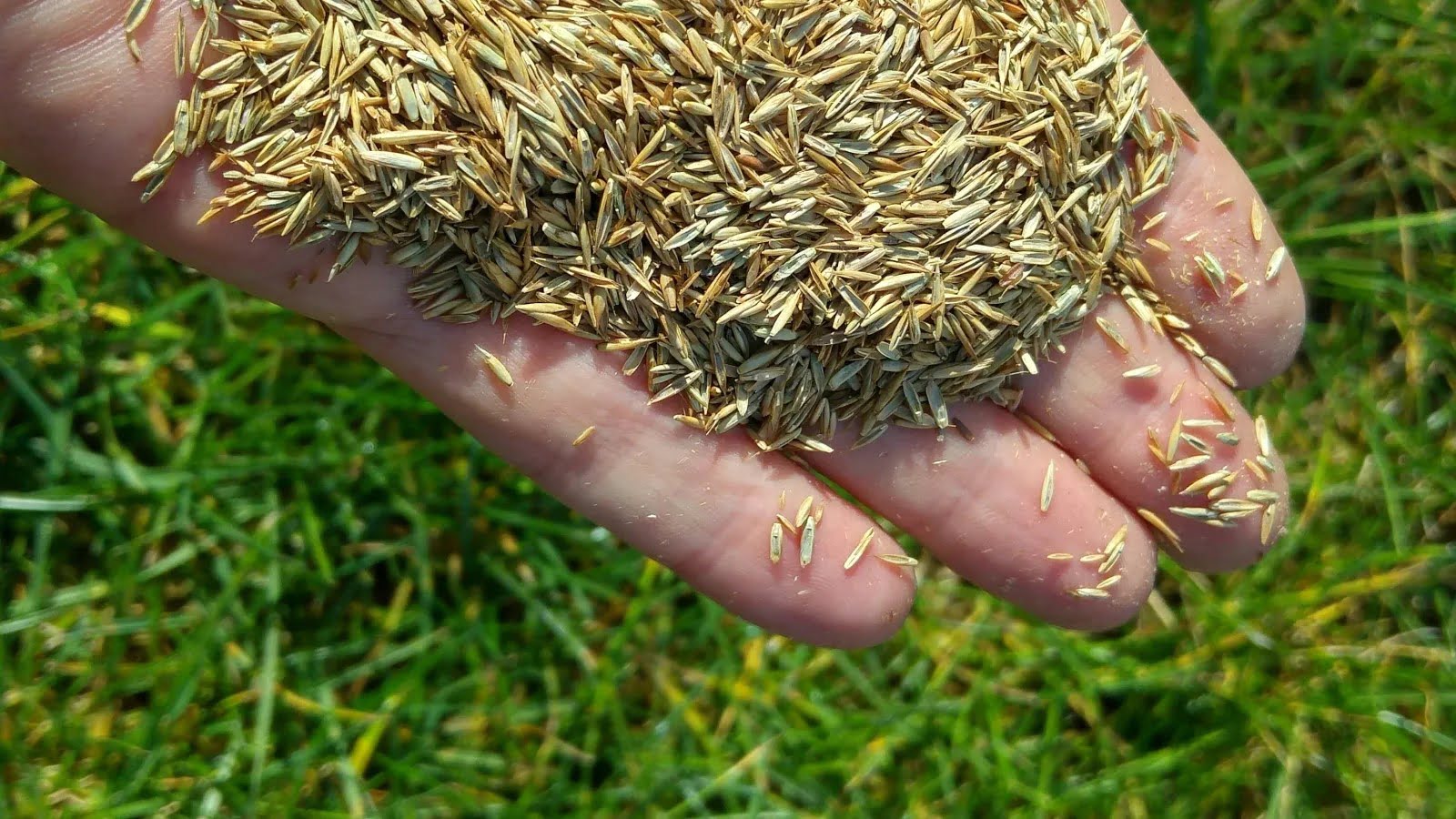

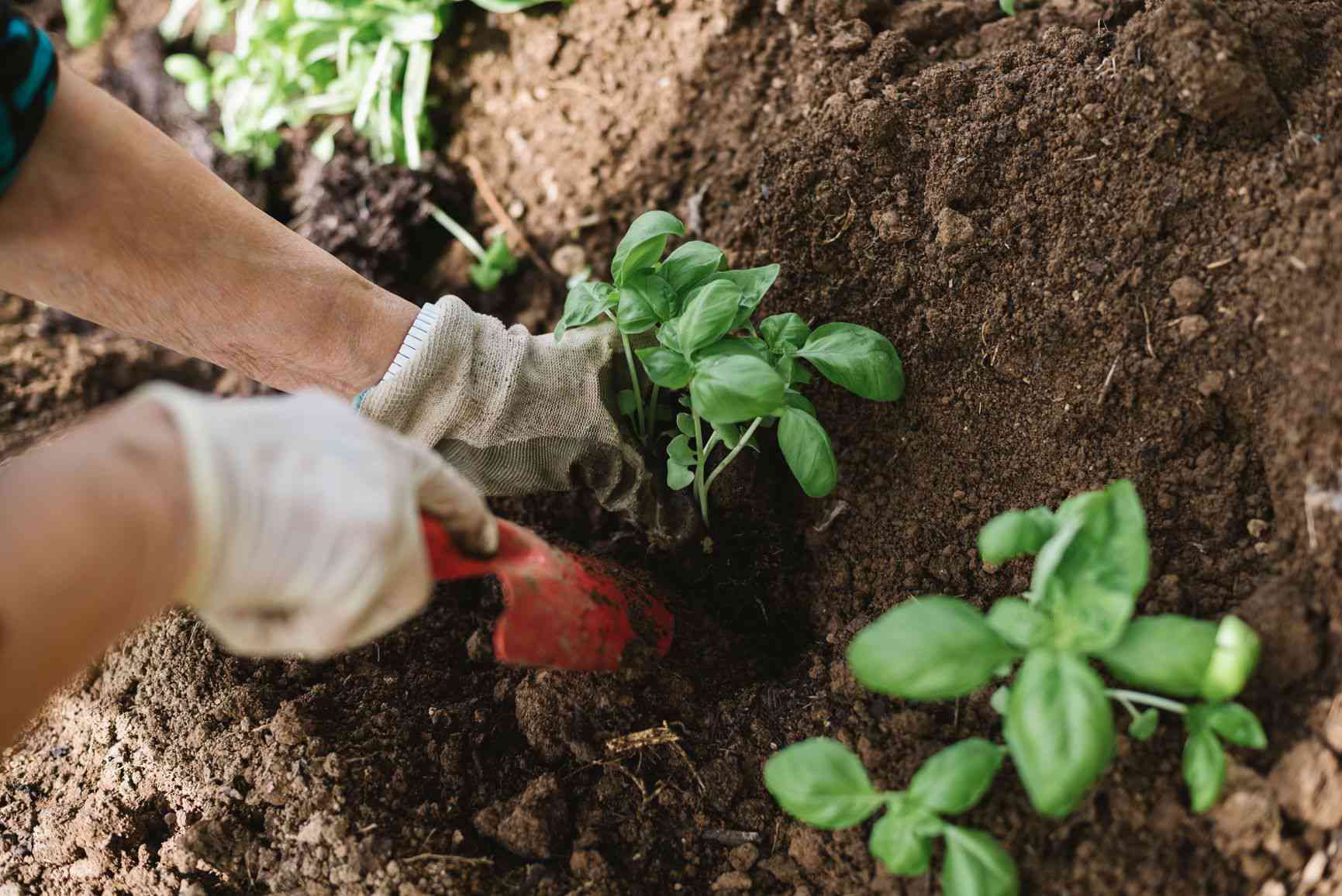
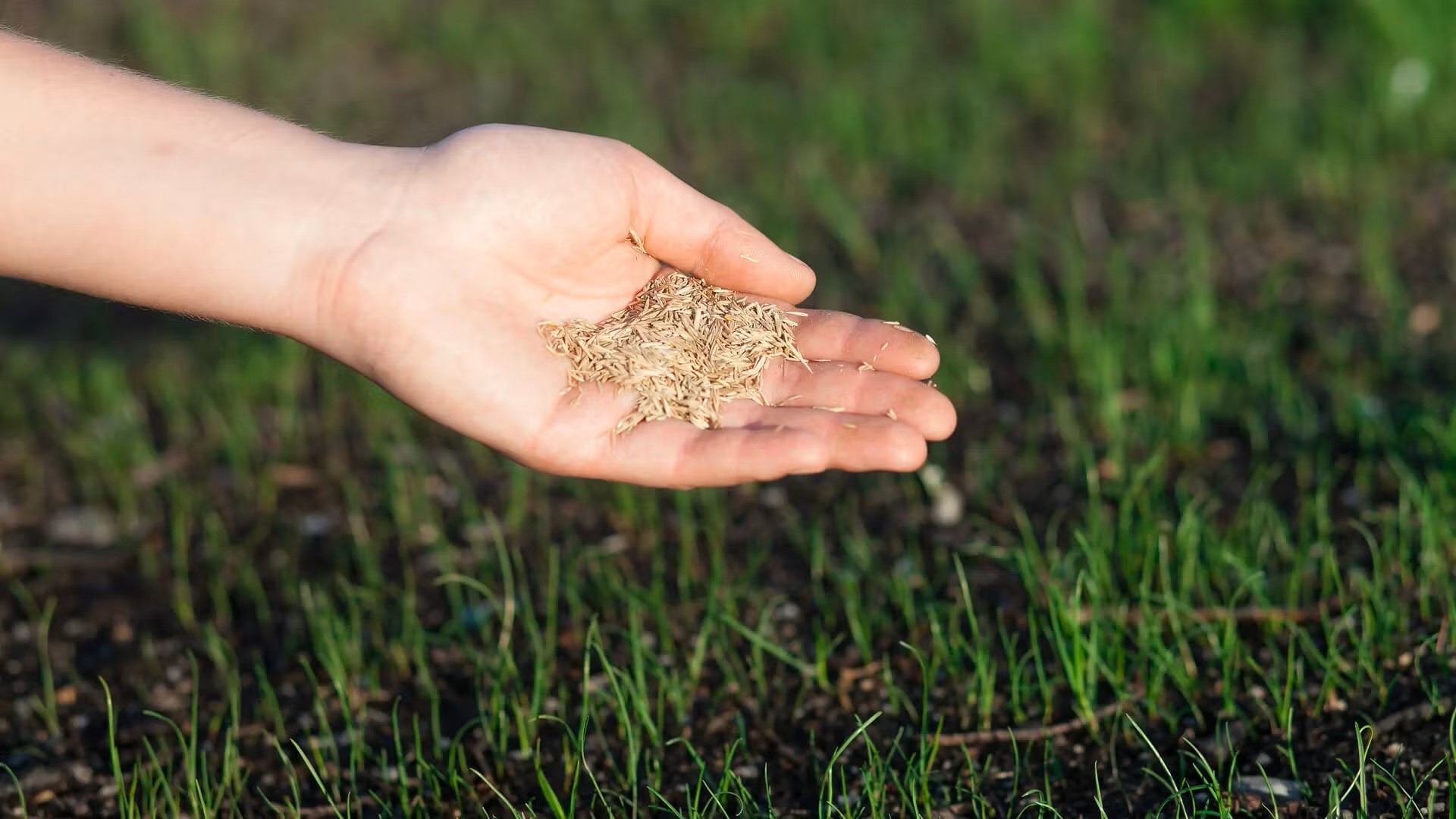

0 thoughts on “When Can I Plant Bermuda Grass Seed”